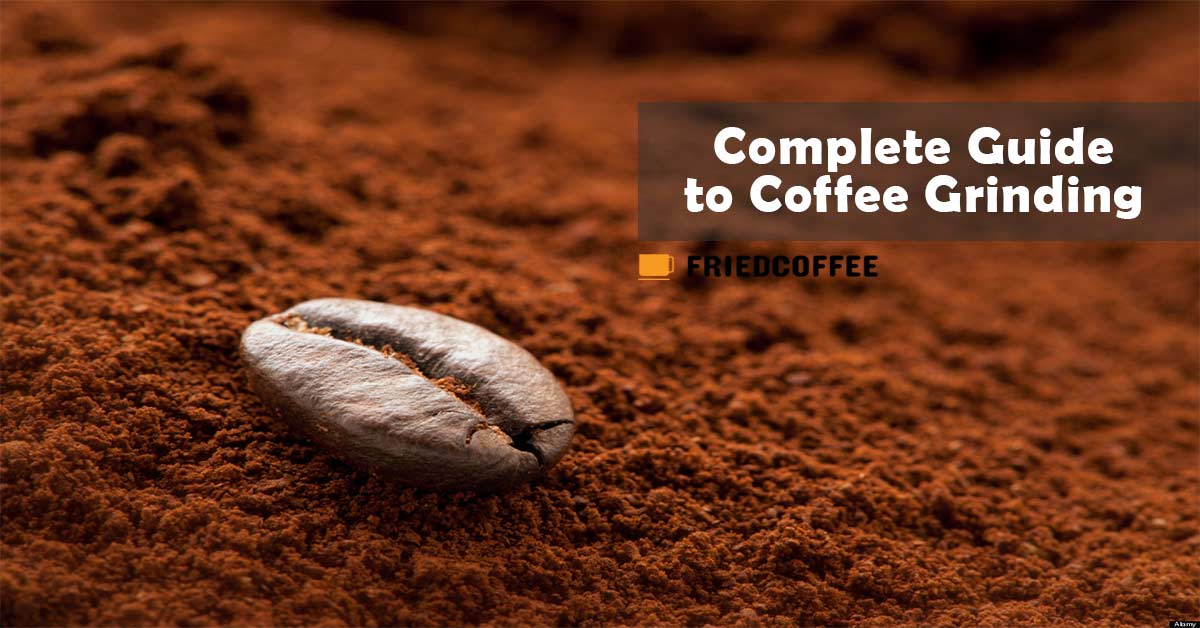
If you have used pre-ground coffee, then you know how tempting that gets. You only need to scoop and place it in your brewing pot then press a few buttons, and just like that, the things start rolling-except that it’s not as easy as it sounds.
Why Grind at Home?
Why? Well, pre-ground coffee swaps quality with convenience, which deprives you a complete coffee experience. Unfortunately, there’s no way for you to bring back your full coffee experience, although you can stop it from vanishing: grind your coffee the right way before you brew your cup of Joe.
You might have encountered terms like medium, coarse or fine grind when you go to coffee stores to buy coffee. Here, we will get you a little closer to these terms so that you understand things better.
A small tip – Always use a Burr grinder for coffee beans and a blade grinder to chop vegetables. Don’t mix these as they will result in a waste of time and effort. For coffee, we need uniform particle size whereas the latter one results in the irregular size of coffee grounds. The motor used in this type is mostly of high rpm resulting in a lot of heat during operation which is not good for coffee beans. So, in short, always use a burr grinder if you are even a little serious about how your coffee tastes!
Let’s first understand the various grind sizes that we are going to talking about.
Also Read: The Best Coffee Grinders
Coffee Grind Sizes
Here are the various grind sizes which are used commonly. If you are serious about your cup of Joe, consider these as some of the coffee basics to feed your mind.
Extra Coarse
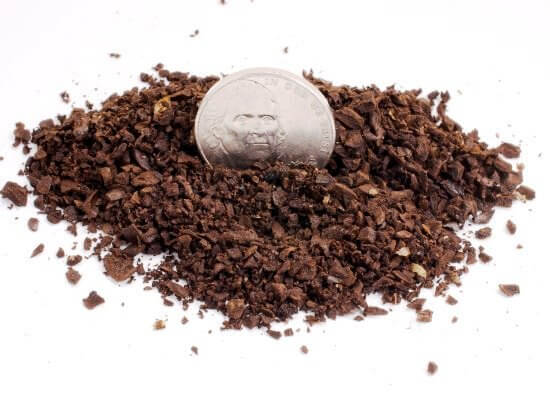
This can be said as the mega-size of the ground chart. It is used in the cold brew method and sometimes on outdoor brewing where there is more probability of passing the grounds in the cup.
Coarse
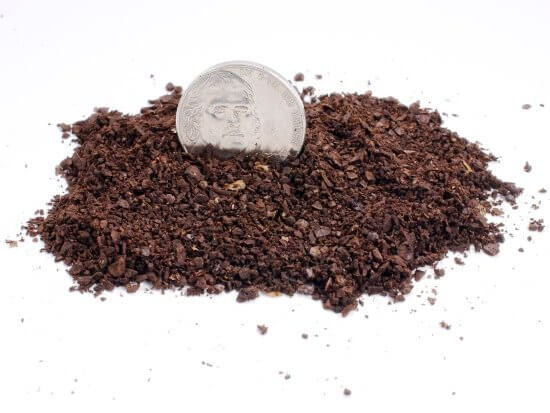
The next level is simply Coarse – used majorly in French Press to avoid sediments in the coffee cup. It can be compared to sea salt sediments.
Medium Coarse
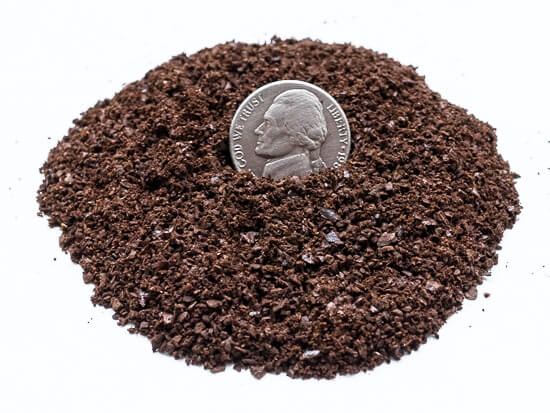
Similar to something like sand, a Medium Coarse grind is used in Chemex brewers and Clever Drippers. These are actually specialty devices used to brew perfect coffee, and so need this sort of grind.
Medium
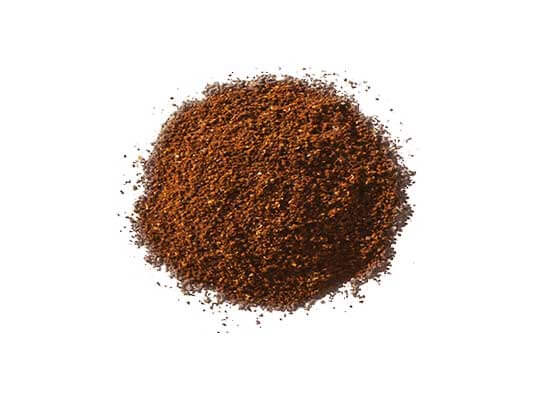
If you have a drip machine, you are going to need this grind size. This is one of the most common sizes, and almost every entry-level grinder has a setting for this. It is also applicable to using Pour-Over brewers.
Medium Fine
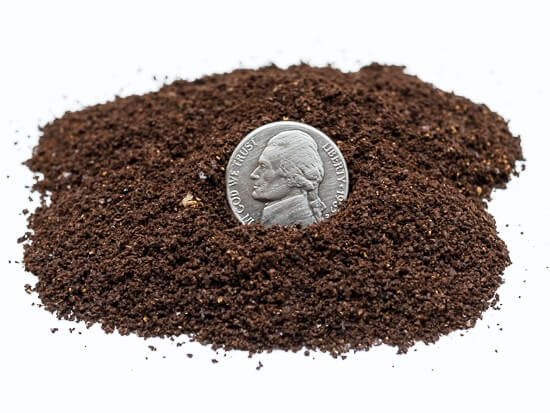
When you are brewing in Aeropress with a 2-3 minutes time slot, this grind size is used. It is also used in Siphon, Hario V60, and Moka pot brewing. The size can be compared to something similar to table salt.
Fine
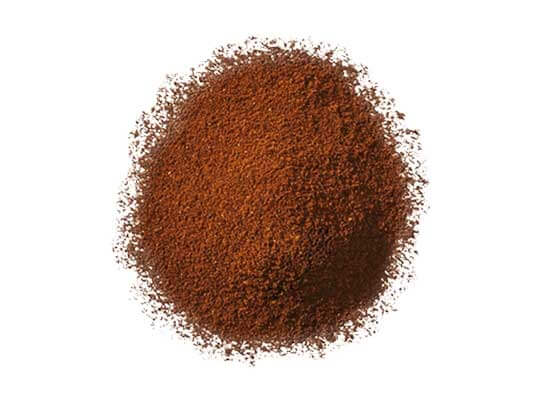
Especially used in espresso brewing, this grind size resembles sugar powder. Many Moka or stovetop users also mostly prefer this grind size.
Extra Fine
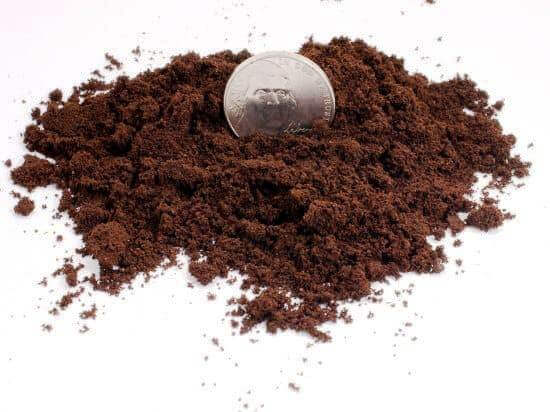
The last and finest grind size is Extra Fine. It’s used in the Turkish brewing method mostly and resembles a size like flour or talcum powder.
| Brew Method | Grind Size |
| Cold Brew | Extra Coarse |
| French Press, Percolator | Coarse |
| Chemex, Clever Dripper | Medium Coarse |
| Drip | Medium |
| Pour Over | Medium |
| Siphon, Aeropress (2-3 Minutes Brewing) | Medium Fine |
| Moka | Medium Fine |
| Aeropress (1-2 Minute Brewing) | Fine |
| Espresso | Fine |
| Turkish | Extra Fine |
(Coarse – Very Chunk, Medium Coarse – Small Chunks or less Chunky, Medium – Sea Salt Like, Medium Fine – Table Salt, Fine – Sugar Powder, Extra Fine – Like Flour)
Coffee Grind Size Guide
Below is the detailed guide for each brewing method in the above Grind size chart. This will give you more details about the grind size and tweaks for various methods.
1. Grind Size for Cold Brew Coffee
Cold brews come out nice with an extra-coarse grind. A cold brew takes longer to extract the juices but doesn’t need too much area to extract all the flavor from your coffee grounds. If you use a cold brew with a finer grind, your coffee will turn up tasting bitter and over-extracted.
In addition, you will have to strain out all those fine particles once your brew is ready. Thus, an extra-coarse grind is a right consistency for a subtle but smooth flavor, something many people enjoy.
You might be interested in: Best Cold Brew Coffee Makers
2. Ideal Grind Size for French Press
A coarse grind works really well with the French press. This brewing method is quite popular for all the right reasons. It is inexpensive, simple, easy to clean, and churns out great tasting coffee. Unfortunately, many people stay away from this brewing method mainly because of their experiences as sometimes they use the wrong kind of grind.
Using coarse grinds allows you to capitalize on your French press without incurring any negatives. A French press works through immersion, so all your coffee will saturate within the brewing duration. Thus, try using a larger grind so that your coffee won’t be over-extracted.
Also, a coarse grind lets you filter your coffee by dipping without allowing too many fines to pass through. Otherwise, you will end up with a brew having a lot of silt at the bottom of your cup.
Take note that there are modern French presses that work really well with filters. In fact, some presses come installed with tight filters. That way, you are able to use a finer grind, meaning there’s room for you to play around with brewing time to find something that works for you.
3. Perfect Grind Size for Chemex Brewer
Chemex brewing works really well with a medium-coarse grind. Chemex is an iconic brewer with a thick filter. Nevertheless, that isn’t the cue that you should load it with a finer grinder. A finer grind will clog your filter, which will slow down the brewing process. Rather, try a medium-coarse coffee grind with your Chemex as a way of balancing the brewing time.
4. Ideal Grind Size for Automatic Drip Machines
The automatic machine brews an excellent cup of bliss with a medium grind. As the most popular household equipment, this coffee brewer makes coffee quickly and conveniently. Yet, just because it runs itself doesn’t mean you won’t be able to decide your brew’s final taste.
By working with the right grind quality, you will be able to get a lot more out of the brewer. A coffee brewer with a cone-shaped filter requires you to start with a medium-fine coffee grind. But, if you own one with a flat-bottomed filter, kick start your brewing with a medium grind.
For each brewing process, filter basket and shape influence the length of time it takes water to flow through. Cone-shaped filters take a shorter time, so you should use a fine grind. A flat-bottomed filter exposes your grind to water, so your coffee will take a little longer to brew, so try a medium grind.
5. Grind Size for Pour Over Coffee
For pour-over coffee, try a medium or sometimes medium-fine grind. Pour-over grind quality is a little tricky to work with because your grind influences many other variables. The grind not only affects flavor but also helps to determine the time it will take to brew your coffee.
For example, cone-shaped pour-over works really well with medium-fine. Try brewing in the middle range, and then expand your horizon with a few experiments. If you find your brew tastes sour, chances are that your coffee was over-extracted. That also means you should try a slightly finer grind. On the other hand, if it’s bitter, try using a coarser grind.
As is the case with Chemex, if your brew is cooking too fast, try a finer grind. Conversely, if brewing takes too long, try a coarser grind.
That said, there are many different designs. However, it makes sense to start with what your manufacturer recommends. Gradually, adjust as necessary.
Also Read: Best Manual Coffee Grinders
6. Right Grind Size for AeroPress
With AeroPress, you can use a range of coffee grinds. One of its beauties is the fact that it has a unique design that allows versatility when brewing. It has a thick filter that can filter out both coarse and fine grounds. Therefore, you can try out many different things.
A medium grind is the best place to start. That means a grind that is in between table salt and sea salt. You can brew your coffee for several minutes, and plugging isn’t a problem at all. You are also free to try shorter brews, below a minute, if you prefer a finer grind. For a medium-coarse or coarse grind, try brewing for more than five minutes.
Bear in mind that your preferred grind size will influence your brew’s flavor and the amount of pressure you need to plunge your coffee. If you opt for a finer grind, you will need a little more pressure. This, in turn, affects your coffee’s flavor.
7. Proper Grind Size for Siphon
A Siphon brewer looks like a device you would find in a science fiction movie or a laboratory. It’s a mix of drip and immersion brewer. For most setups, you are looking at a brewing time of around 3 minutes.
This approach to brewing works well with a medium grind and since it uses filter papers, there’s no need to worry about silts at the bottom of your coffee cup. Like in any other brewing method, siphon your brew so that you get exactly what you want.
8. Ideal Grind Size for Moka Pot
Your Moka brew will taste great with a fine grind. If you have been to Europe, or you live there, you know how common Moka pot brew is in this region. For a tasty cup of pure bliss, start with a medium-fine to fine grind.
Brewing time is quite short, although it usually doesn’t feel that way. A fine grind is an ideal size if you want to extract all nice flavor from your beans. However, if your brew feels bitter, use a coarser grind in the next one.
9. Grind Size for Espresso
Espresso is more of a fine grand kind of drink. If you don’t consider a fine grind, your brew won’t build the right kind of pressure necessary for you to pull a good shot. Also, a fine grind is the rise grind size because your brew will turn out short. To extract your brew within a short time, you need maximum area.
Stay away from an extremely fine grind, otherwise, your water won’t percolate through. For best results, a burr grinder is the best choice. Our guide contains all the best coffee grinders for espresso if you in the case are thinking about buying one.
Tune your grinder to a setting you will be able to find on your espresso coffee maker. Although a fine grind is ideal initially, you might want to adjust the grind based on your device’s needs.
Also Read: Best Espresso Coffee Grinders
10. Ideal Grind Size for Turkish coffee
Turkish coffee needs an extra fine grind. This finer size suits Turkish coffee’s quick brewing time because it’s a bold and sluggish drink. However, that means that you won’t mind a bit of silt at the bottom of your cup since a super fine grind will get through the filter paper.
So, if Turkish coffee is your favorite brew, it’s likely you own a specialty grinder since most common grinders can achieve the kind of size needed in this case.
Final Words
There are many other brewing methods, and each requires a particular consistency. Additionally, there are many variables in the brewing process, so you may feel a little overwhelmed. The good thing is that achieving the right size means success in the rest of your brewing process.


